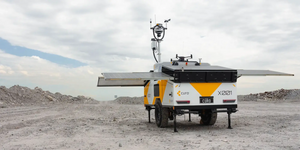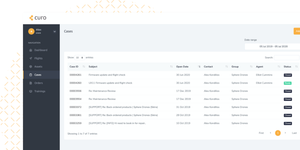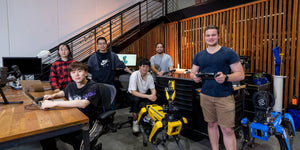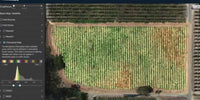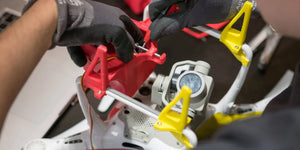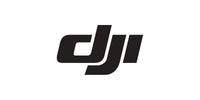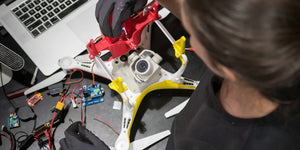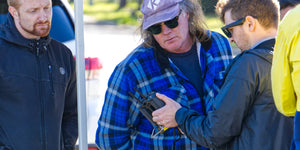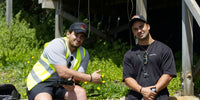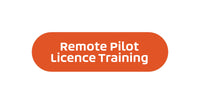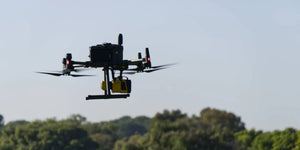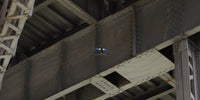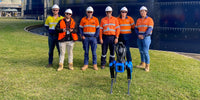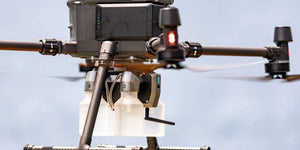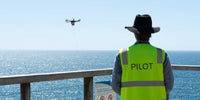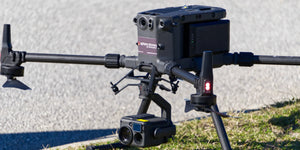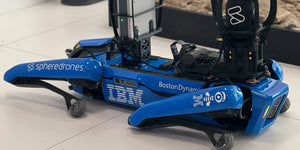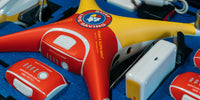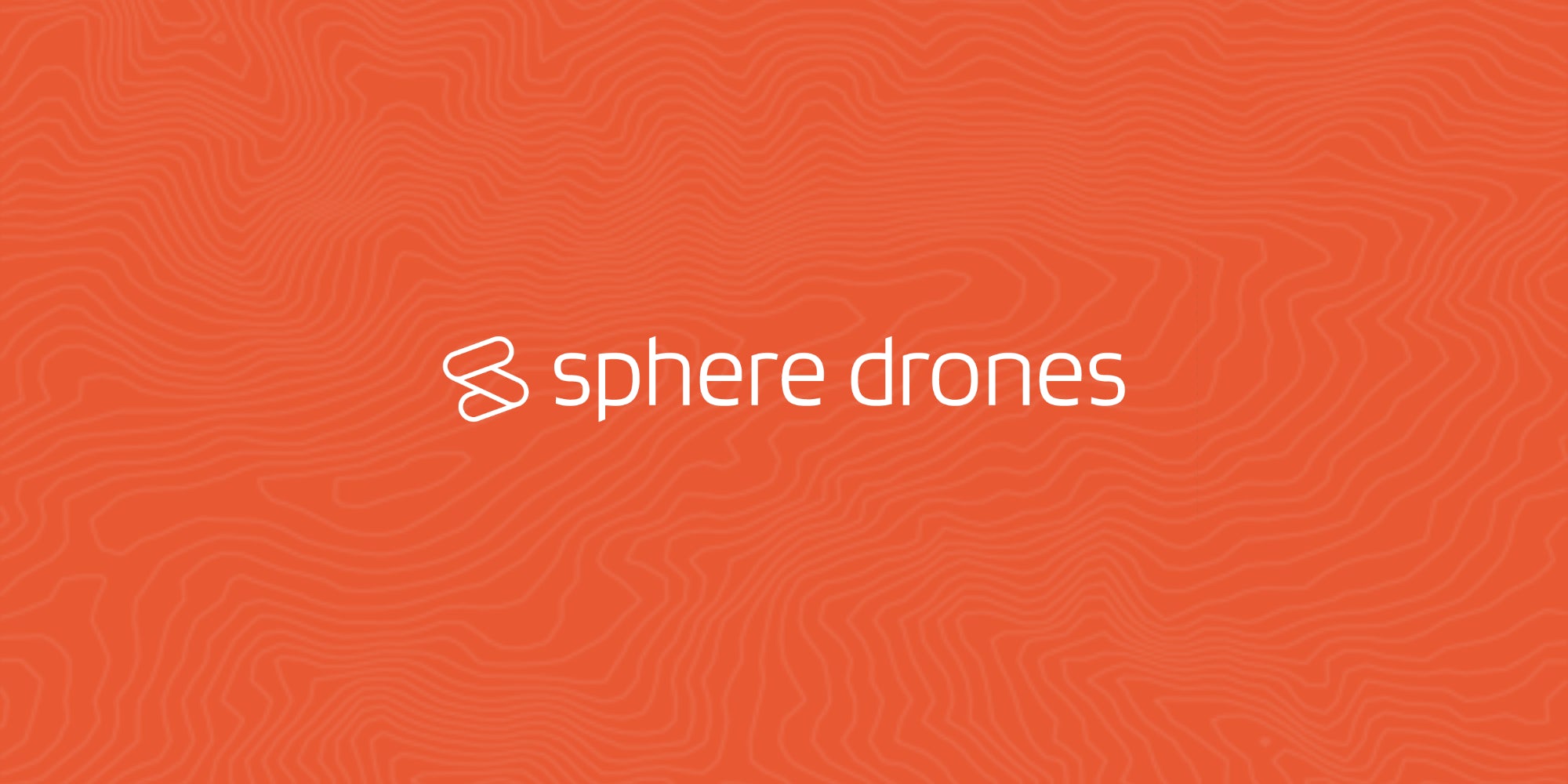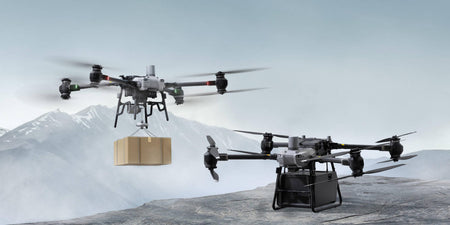One of the world's leading manufacturers of small commercial and hobbyist drones is introducing technology to prevent its unmanned aircraft from flying near 10 major Australian airports.
In announcing what it calls "No Fly Zones" safety modifications, China-based DJI Innovations will modify software that provides satellite GPS guidance for its highly popular 'Phantom' series unmanned aerial vehicles (UAVs).
The drones will be blocked from operating near 350 airports around the world by creating an electronic 'geo-fence' around airports to reduce the risk of collision between drones and manned aircraft.
An eight-kilometre exclusion zone will be established around 10 major Australian airports.
The DJI Phantom will be unable to take off within a 2.4-kilometre radius of the designated airport.
DJI's Australian No Fly Zone list
- Sydney - Mascot
- Melbourne - Tullamarine
- Adelaide
- Brisbane
- Gold Coast
- Townsville
- Cairns
- Perth
- Port Hedland
- Darwin
Category B:
- Cocos Islands airport
- Christmas Island airport
From 2.4 to eight kilometres out a graduated height limit will apply. Smaller airports on Cocos and Christmas Islands that have been categorised by DJI as 'Category B' will be surrounded by smaller no-fly exclusion zones.
Company spokesman Michael Perry says "even if you fly in manual mode and you fly into the zone, and there is a GPS signal, you are still going to be subject to the safety features".
DJI's restrictions will still not comply with Australian law, which requires commercial and hobbyist unmanned aircraft flyers to stay at least 5.5 km away from airfields and helipads.
The announcement by the Hong Kong and Shenzhen-based DJI caught Australian industry and regulators by surprise - although it has been welcomed amid increased safety concerns over the rapidly growing numbers of small drones taking to the skies.
"I'm very encouraged that a manufacturer is taking that step because unmanned aircraft of that type, particularly when they are used by inexperienced users who aren't familiar with the regulations, may create hazards for other aircraft," says Dr Reece Clothier, aerospace engineer and UAV expert at the Royal Melbourne Institute of Technology.
"So building in safety devices like DJI is doing is a great catch to prevent those situations happening."
Australia's civil aviation regulator CASA, which is currently grappling with the air safety and privacy issues posed by drone technology, was also unaware of DJI's initiative.
Spokesman Peter Gibson says CASA has not lobbied the Chinese drone manufacturer.
"The only thing we would say to users of course is to be very mindful that only a very small number of aerodromes are blocked, in using this machine...so you wouldn't want people, thinking, I'm right to fly anywhere because, if it is letting me do it, it must be OK," he said.
"Be mindful of the fact that if there are 10 aerodromes in Australia in the (DJI) system, that's only 10 out of 400 or 500."
Company spokesman Michael Perry says DJI plans to expand the no-fly zone network.
"We haven't spoken to (CASA) and that's something that we are very interested in," he said.
In Australia, DJI Phantoms are available through hobby shops, camera stores and online. There are no accurate sales figures, but one leading supplier estimates there are more than 2,000 Phantoms already in Australia. The majority are operated by hobbyists, who require no airworthiness certification or operating licence.
Source: http://www.abc.net.au/news/2014-04-14/chinese-made-drones-programmed-with-no-fly-zones/5388356

